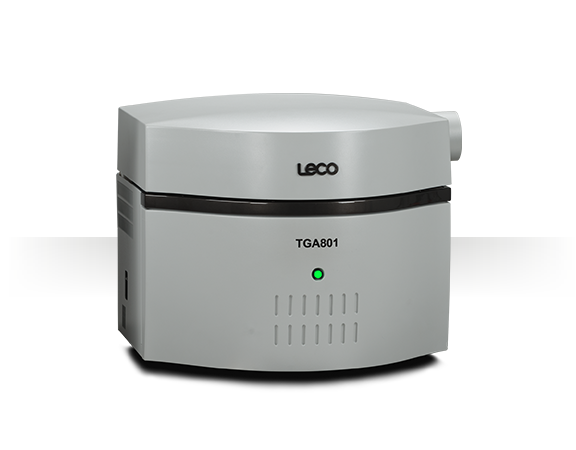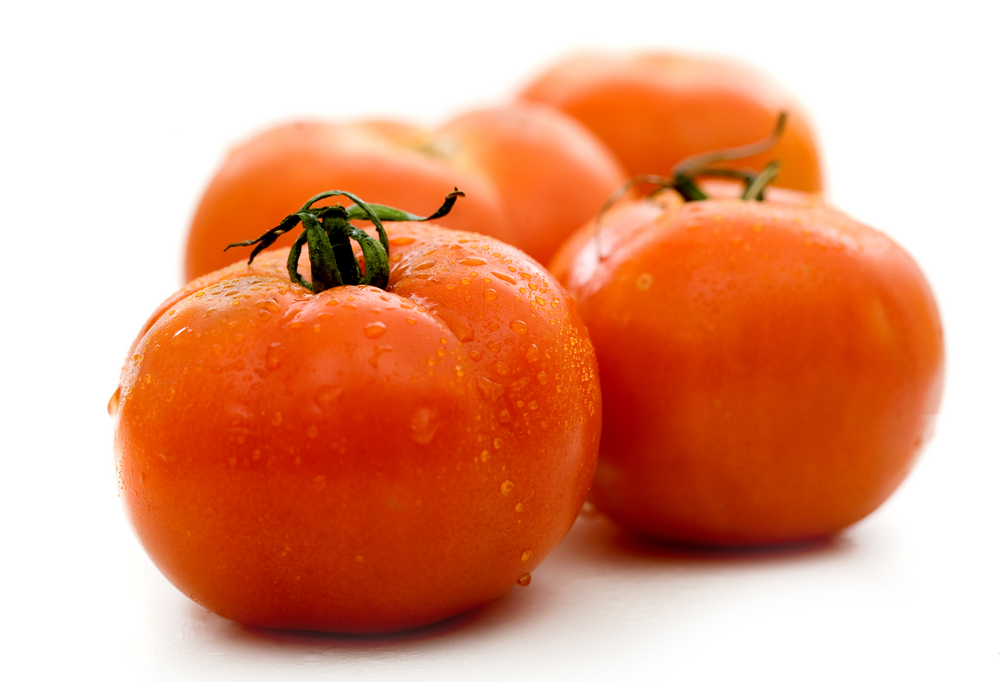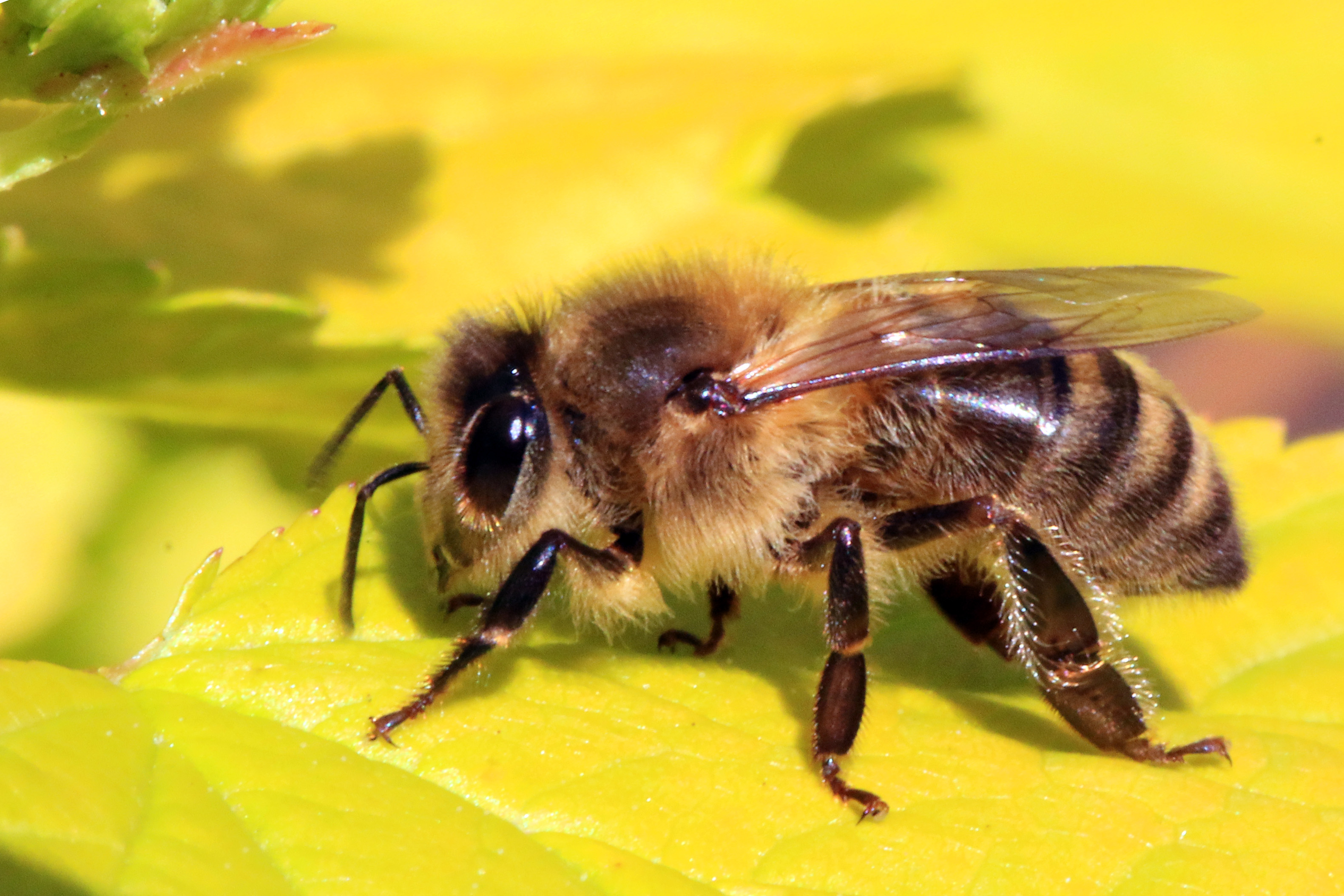So many factors go into the quality and characterization of plants and biomass, but many thermogravimetric analyses take so much time. Drying, ashing, and weighing multiple samples takes effort and care just to control for atmospheric effects, much less to actually get precise results that can then be used to analyze the quality and structure of the plants. LECO's TGA801 is an automated thermogravimetric analyzer designed to take the time out of the testing.
LECO Africa Latest News (Page 4 of 39)
LECO has released a revolutionary new data analysis software for GCxGC data: ChromaTOF Tile. This software provides an industry-first data comparison tool that identifies statistically significant differences between classes of samples, reducing days-to- weeks of work down to hours, or even minutes. Based on Dr. Robert Synovec’s tile-based Fisher ratio analysis, ChromaTOF Tile partitions the data into a set of regions (tiles) and compares regionalized data. This allows it to disregard normal variances of alignment shifts to focus on where the actual differences are, so users can stop looking at their data and start actually using it.
Topics: ChromaTOF, Separation Science Mass Spectrometry, Separation Science, Pegasus BT 4D, Mass Spectrometry, Pegasus GC-HRT 4D, Pegasus 4D, GCxGC
Tomatoes are the second-most important vegetable crop in the world (arguments over whether or not it should be called a fruit or a vegetable aside!), and thus it is critically important that tomato yields are kept high. Pesticides are the easiest way to control populations that might destroy crops, but we must make sure that the resulting tomatoes are not contaminated. With GCxGC-TOFMS, recognizing and identifying pesticide residue in tomatoes is easier than ever.
Topics: Separation Science Mass Spectrometry, Separation Science, Pegasus BT 4D, Mass Spectrometry, GCxGC
To accurately perform a metallographic analysis of a sample, the preparation is critical. The microstructure and hardness of your sample has to be unveiled, and you have to be able to trust that what you're seeing is what is actually there and not just something inadvertently created in the preparation stages. When it comes to metallographic preparation, you really can't skip a step.
Topics: PX Series, MX Series, Mounting, VX4, Sectioning, Polishing, Metallographic Science
The international language of standards allows us to communicate our quality in a way any scientist can understand: with proven, reliable, and repeatable results.
Topics: Standards, Corporate News
When the TruMac® Macro Determinator at the Southern African Grain Laboratory (SAGL) needed to be replaced, laboratory manager Jolanda Nortjé returned to LECO for an updated solution. For the past twenty years, LECO had been providing the SAGL with excellent service support, and their TruMac and previous nitrogen analyzers had been LECO products they were very satisfied with. At the end of 2019, trusting LECO again, the SAGL purchased a LECO FP928 to replace their TruMac.
Topics: 928 Series, Organic
Do you struggle with analyzing the quality and composition of your steel? How easily can you measure the surface hardness or fluctuating carbon concentrations? Are you confident with what your tools are telling you? Learn how LECO has been expanding what is possible when it comes to measuring steel with a free series of webinars.
Topics: Inorganic, Metallographic Science
Why do you use the sample container that you use? Is it something you've ever thought about? Sample containers and crucibles are both wonderfully simple, to hold your sample without influencing the analysis, and wonderfully complex... to hold your sample without influencing the analysis.
But are you using the best container for your type of sample?
Topics: 828 Series, Organic
By Maggie Gill, Keele University, UK
May 20 is the UN World Honey Bee Day. The honey bee is an important pollinator species that contributes an estimated $15 billion a year to the US economy through crop pollination and £690 million to the UK economy. Honey bees are also important wild pollinators and play a key role in maintaining biodiversity and ecosystem services in many ecosystems.
Topics: Separation Science, Mass Spectrometry










